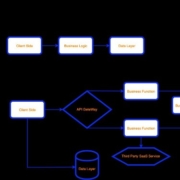A Question and Answer session with guests:
- Iván López Martín
- Rodrigo Graciano
- Otavio Santana
- Robert Douglas
Micronaut is an open-source, JVM-based framework for building full-stack, modular, easily testable microservice and serverless applications. Unlike reflection-based IoC frameworks that load and cache reflection data for every single field, method, and constructor in your code, with Micronaut, your application startup time and memory consumption are not bound to the size of your codebase. Micronaut’s cloud support is built right in, including support for common discovery services, distributed tracing tools, and cloud runtimes.






